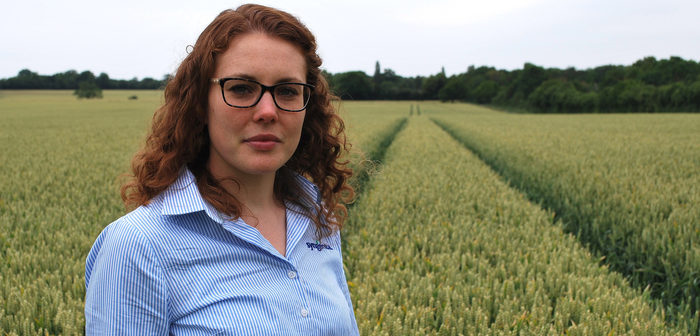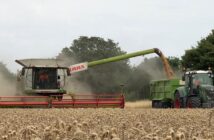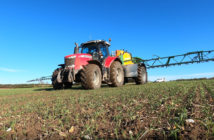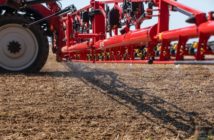High levels of dormancy in this season’s black-grass seed poses another difficult challenge for growers’ control strategies this autumn, and has potential consequences for establishment systems for years to come.
Seed gathered from the Syngenta Black-grass Focus Site, at Barton in Cambridgeshire, has been tested by ADAS with only 8% of seed germinating, indicating very high levels of dormancy on the site this season.
The implication is that low initial germination could limit the potential for stubble cleaning, and that seeds germinating over a prolonged late-autumn and early-winter period will severely test the efficacy of pre- and post-emergence herbicide sequences, warns Syngenta technical manager, Georgina Wood.
She reported that in previous seasons with high seed dormancy, trials have shown a plough-based establishment system has been beneficial in burying seed below its viable germination level. However, that has to be balanced against the risk of bringing older seed back to the surface germination zone.
“Even with high dormancy some seed will germinate in the right conditions over the coming weeks,” she pointed out. “Our trials have shown very effective results with a light cultivation of the soil surface in stubble, to trigger black-grass to germinate. That is still likely to be effective.
“With higher dormancy, it typically takes longer for seeds to germinate, so later actions could still be beneficial, just not as effective as in a low dormancy season,” she added.
Georgina also indicated that herbicide strategies will need to be even more robust to effectively counter prolonged black-grass seed germination and emergence.
“Trials have repeatedly shown that higher rates of Defy do give increased activity and prolonged control of grass weed emergence, which could be especially useful in high dormancy situations.
“Furthermore, the role of sequential treatments could be particularly effective to target later germinating seeds, whilst they are still small and more effectively controlled. Including residual activity in any peri- or post-emergence treatment will be valuable.”
She also emphasises the importance of application technique, where even small marginal gains to get the best possible result from any application could give extra days of residual control that can make a significant difference.
With an initial grass weed seed population of 5,000 seeds/m2, for example, edging up control from 95% to 96% equates to half a million fewer weeds per hectare competing in the crop.
Emergence trials
Independent AHDB research has indicated cool and wet weather from mid-June to mid-July – as was the case earlier this year – is typically a precursor for high dormancy. However, the report’s author, Dr Sarah Cook, highlighted that other factors, such as geographical location or local populations, may be important.
That makes individual farm’s testing of black-grass seed populations a useful tool to adapt control strategies, suggests Ms Wood.
ADAS studies have shown 86% of black-grass seed could emerge within 30 days in a low dormancy season, but only 75% of seed in a high dormancy situation. Over longer periods, from 30-60 and 60-90 days, more of the high dormancy seed germinated than low dormancy.
Sarah Cook identified that, in low dormancy years 90% of black-grass seed will typically emerge within 30 days, but in a high dormancy season will take 60 days for the same level of emergence. Furthermore, spring emergence was greater in high dormancy seed.
“Dormancy in black-grass changes the emergence pattern of the weed. Knowing the dormancy allows management strategies to be altered,” she advised.
Georgina Wood added: “The long-term trials work using rotational establishment systems and other integrated control measures at Barton, and at Doncaster with ryegrass, has given a better understanding of where grass weed seed moves in the soil profile, and the measures that can be most effective in tackling different situations.
“After last year’s very low seed dormancy, we will now have further year of contrasting high dormancy to build a picture of effective strategies for growers.”




